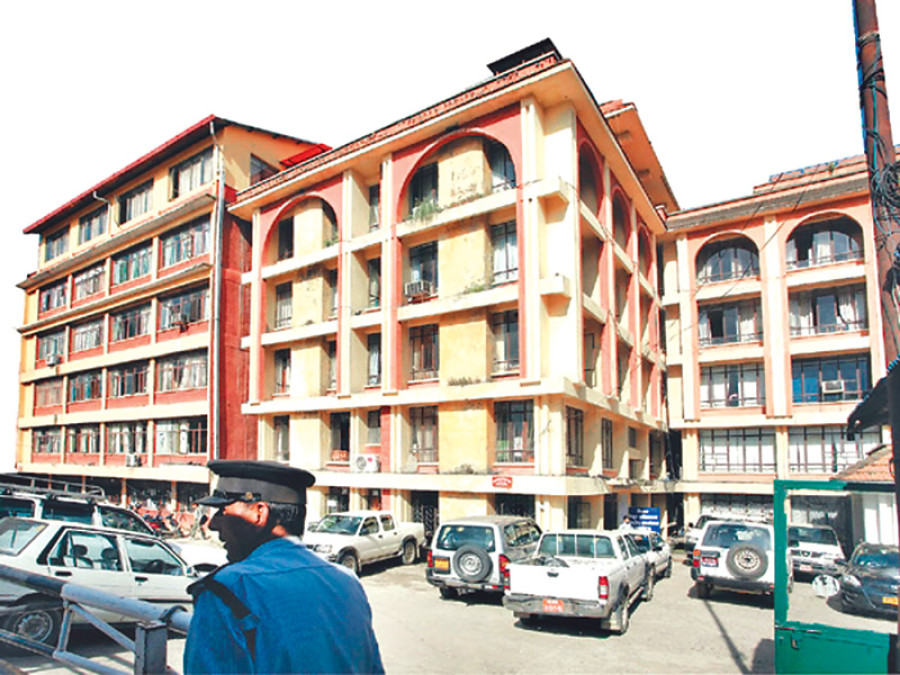Money
No load-shedding during dry season, says NEA
The Nepal Electricity Authority (NEA) has said that there will be no load-shedding during the upcoming dry season, allaying fears that rolling blackouts may be revived during the rainless months when power generation drops due to a fall in water levels in the rivers.
The Nepal Electricity Authority (NEA) has said that there will be no load-shedding during the upcoming dry season, allaying fears that rolling blackouts may be revived during the rainless months when power generation drops due to a fall in water levels in the rivers.
NEA Managing Director Kulman Ghising said they would give continuity to the drive to free the country of rolling blackouts while speaking at a media interaction programme held on Thursday to mark his first year at the helm.
Although the state-owned power utility’s plan to supplement the national grid with alternative energy and replace incandescent lamps with LED bulbs failed, Ghising said they had
other plans to keep load-shedding at bay.
The NEA is counting on the Chameliya Hydropower Project which is about to come online to meet the energy demands of the western part of the country.
“The 30 MW project owned by the NEA will come online within a couple of months,” said Ghising. “As the project is a peaking run-of-the-river type scheme, it will play a crucial role in meeting the peak demand of the western region.”
Likewise, the power utility plans to import another 100 MW from India over the recently inaugurated two cross-border transmission lines to meet the increased energy requirement in the eastern and central regions.
Prime Minister Sher Bahadur Deuba and his Indian counterpart Narendra Modi jointly inaugurated two transmission lines during Deuba’s recent visit to India. The newly built 132 kV Kataiya-Kushaha and Raxaul-Parwanipur power lines can transmit 50 MW of electricity each to Nepal. With the new lines in place, Nepal’s capacity to import electricity has increased from 380 MW to 480 MW.
“In this way, we will manage to meet the increased demand for electricity in the country,” said Ghising. “However, we will not be in a comfortable position. If any of our projects should break down for an extended period during the dry season, we will be forced to implement load-shedding.”
The NEA would be in a more secure position if it had been allowed to import LED bulbs from India. The power utility had planned to import 20 million LED bulbs from an Indian government-owned company to sell to its customers on installment basis. The use of these bulbs would have resulted in a saving of 200 MW during peak hours, the NEA said. But the plan had to be dropped following criticism that the NEA had not called for tenders to procure the energy-saving lamps.
Similarly, the NEA’s plan to install a 25 MW solar plant in Nuwakot with funding from the World Bank hit a snag after the parliamentary Public Accounts Committee directed it to scrap the deal with the contractor and start a fresh procurement process.
As the project is already one and a half years behind schedule, the World Bank is mulling to dump the $37-million solar plant project.




 10.12°C Kathmandu
10.12°C Kathmandu













